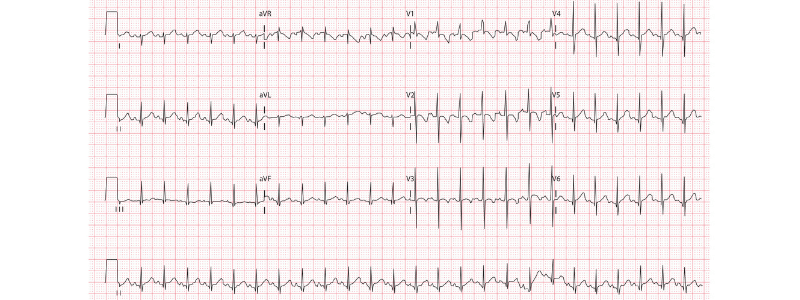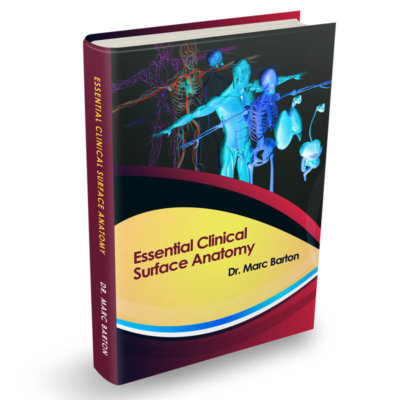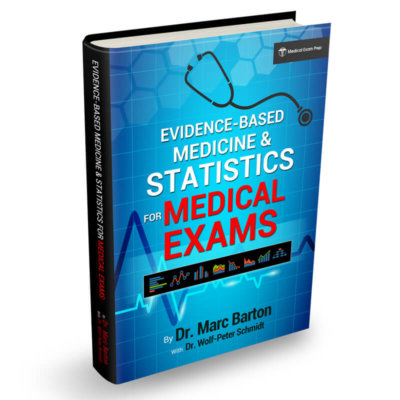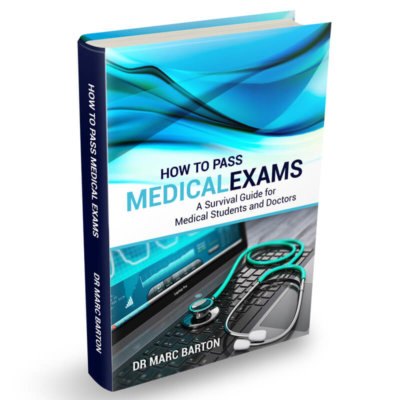


How To Read a Paediatric ECG
The basic methodology used to read a paediatric ECG is the same as that used in an adult ECG, but the anatomical and physiological differences between children and adults mean that some features of the ECG that will be different. Furthermore, the progressive changes...
Cushing’s Syndrome
Cushing’s syndrome is a collection of symptoms and signs caused by prolonged exposure to elevated levels of either endogenous or exogenous glucocorticoids. The incidence of Cushing’s syndrome is approximately 10-15 per million, and the incidence is higher in people...
Phaeochromocytoma
A phaeochromocytoma is a rare functional tumour that arises from chromaffin cells in the adrenal medulla. Extra-adrenal paragangliomas (extra-adrenal pheochromocytomas) are closely related, though less common, tumours that originate in the ganglia of the sympathetic...
Differentiating Causes of Dementia
Globally, approximately 50 million people have dementia, and there are nearly 10 million new cases every year. Dementia is a syndrome in which there is deterioration in memory, thinking, behaviour and the ability to perform everyday activities. Although dementia...




